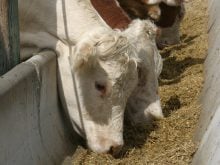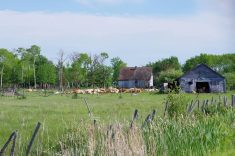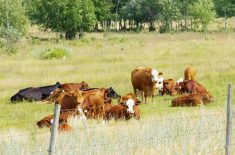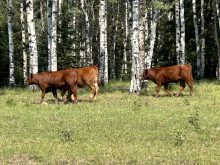There is plenty of uncertainty facing the U.S. beef industry from extreme weather events and high input prices but there will be opportunities in the next two years.
“For those who can stomach the new normal, I think the characterization of variable volatile markets is becoming the new normal,” said Kansas State University beef economist Glynn Tonsor.
“ It is going to be up to the industry to know how to manage it and how to live in that environment going forward,” he said during a Feb. 7 webinar.
Read Also
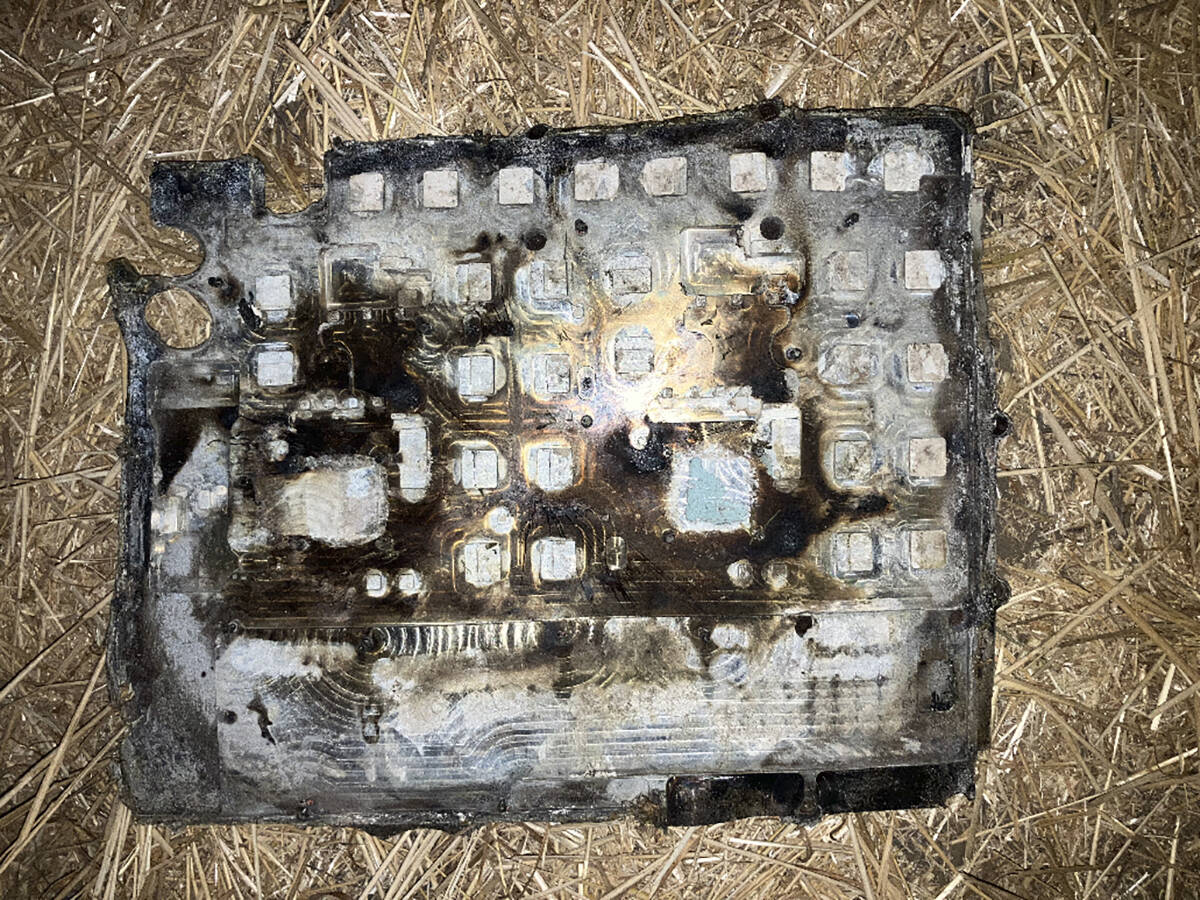
Farmers asked to keep an eye out for space junk
Farmers and landowners east of Saskatoon are asked to watch for possible debris in their fields after the re-entry of a satellite in late September.
As of January 2012, the beef cow inventory was less than 30 million, the smallest number since 1962. The calf crop was the smallest since 1950.
However, there are some hints of expanding the herd as ranchers in the northern plains states start to reap the benefit of record high calf prices.
Abundant feed and water supplies in North and South Dakota, Colorado, Wyoming and Iowa saw some young females held back for breeding.
However, the worst drought since the 1930s devastated herds in the large cow producing states of Texas, Oklahoma, Missouri, Arkansas and New Mexico where there was a 10 to 20 percent decline in heifer retention.
On a national basis, 1.4 percent more heifers were retained compared to the census of January 2011.
“But 1.4 percent is hardly enough to move the needle and secondly, that is an increase from 2011, which was a particularly low year,” he said.
“This is the first signal that expansion might be starting to initiate but it is hardly enough to move the needle,” he said.
Real expansion may not be seen until 2014, providing there is enough feed and water.
In the meantime, a dwindling supply of cattle trading at record high prices could see substantial economic losses for the feeding and packing sectors.
The feedlot sector could lose about $95 per head this year.
“Projected red ink for this industry is expected to continue going forward for the rest of the year,” he said.
It is also likely more cattle will stay on grass longer as producers attempt to put more weight on them outside of feedlots and save on the cost of corn or other feed grains.
Tight supplies are here to stay for two to three years.
Profits will trigger expansion.
In 2011, cow-calf producers had an $80 per head return over cash costs. In the next two years, they expect returns of $150 per head.
“We haven’t seen that since 1984 and that would definitely send a signal in most people’s eyes for certain producers to pull the trigger on expansion,” he said.





